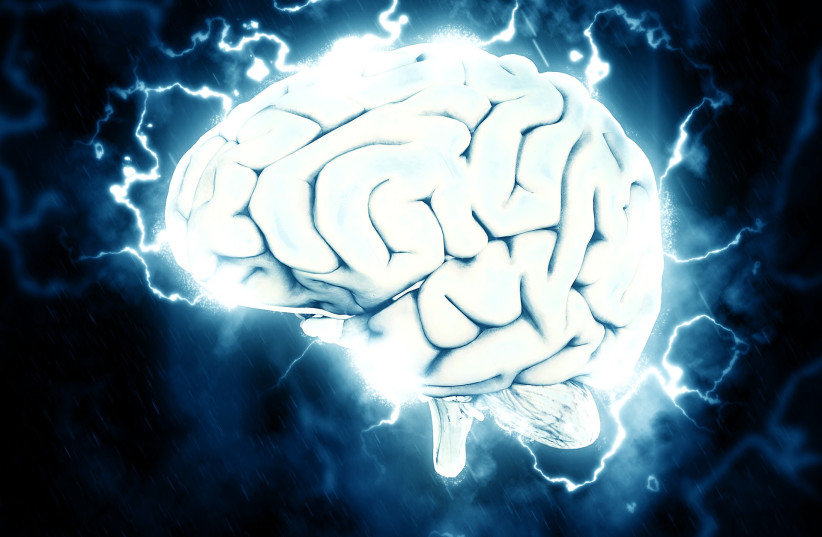Alcohol use might impact the brain activity of men and women differently, according to a new study conducted on mice.
Alcohol is one of the most widespread inebriating substances in the world and has been linked to a wide number of mental health issues, which in turn could be caused by its impact on brain activity.
However, this study, published in the peer-reviewed academic journal eNeuro, claims there are differences in how the brains of men and women are altered by alcohol.

How alcohol changes brain activity
Several studies have highlighted the link between alcohol use and a number of conditions, such as depression and anxiety. This is especially true of those who suffer from alcohol use disorder, something just 5% of adults in the US develop compared to 85% who use alcohol.
These two factors, mood disorders and alcohol abuse, fuel each other in a cycle of comorbidity. Essentially, alcohol abuse can cause anxiety, and the anxiety can lead to alcohol use.
These mood disorders, as well as alcohol abuse disorders, are linked to an area of the brain known as the basolateral amygdala (BLA).
However, oscillations (changes in brain activity) between the BLA and prefrontal cortex have been shown to influence feelings and behaviors linked to fear and anxiety.
This was true in both humans and in mice.
However, whether alcohol can play a role in these oscillations was unclear.
In other words, how does alcohol use impact how these oscillations that influence fear and anxiety?
The study
In order to understand this, the researchers behind the study tested alcohol on mice to measure any oscillations.
The result was that some mice were observed to exhibit oscillations from the alcohol. In other words, it confirms that alcohol can cause the oscillations that influence brain activity changes.
However, there was a divide between the male and female mice.
A gender gap
Male mice were found to be impacted by alcohol use, experiencing oscillations and behavioral changes.
Female mice, however, did not show these same changes.
Now, this does not mean that female brains are immune to the effects of alcohol. Their brain activity was still affected, it just was affected differently.
This is not wholly unprecedented. In fact, the study cites several studies documenting the differences in male and female alcohol-related behaviors.
But it does show that, at least with brain activity, not only does alcohol have an effect on fear and anxiety, but the exact effects between men and women can differ.
This is also especially interesting since, at least in humans, women tend to drink more than men.
Why does this happen?
In this particular case, the key factor here seems to be a subunit-containing GABAA receptor. Specifically, it is a delta subunit that seems to influence alcohol's ability to alter brain activity through oscillation. However, this subunit is also known to be sensitive to ovarian steroid hormone modulation.
In other words, it may be that females are affected by alcohol differently because of the ovarian steroid hormone modulation influencing the subunit.
As evidence for this, the scientists tried the study again, this time on male mice without this subunit. And the result was that the alcohol's effect on their brain activity was similar to how it affected female brains.
More research will be needed to understand this further, however, and would also need to take into account factors like sensitivity or tolerance to alcohol.
